As the ancestor of the Trinh family in the ancient Chue Khu land, Phuc Nhac, the god Trinh Minh, was also the Thanh Hoang who established Ngoc Chue village, Ha Chau commune (Ha Trung) today. Not only that, he was also known as a loyal general with many achievements in assisting Dinh Bo Linh in suppressing the rebellion of 12 warlords, ascending the throne, and establishing the Dinh dynasty.

Ngoc Chue Village, also known as Chue Khu, Ngoc Xuyet, Kim Xuyet, is located in the low-lying plains to the east of Ha Trung district. The village lies at the foot of Ngoc Chue Mountain (Co Phuong, Phuong Linh, Van Co). According to the book of Ha Trung District Geography: “From the 10th century... the first residents came here to settle down on the edge of Phuong Mountain and the surrounding areas, forming 3 residential clusters: Thach Loi on the northern slope of Phuong Mountain, Chue Khu on the eastern slope, Nga Chau in Dong Bai area. Ngoc Chue Village is increasingly crowded, distributed in a ring shape around the mountainside from the north to the east and south in Phuong Linh”.
Local people believe that Ngoc Chue village has existed since the Dinh dynasty and General Trinh Minh is both the ancestor of the Trinh family in Ngoc Chue and the one who founded the village. According to documents and legends, Trinh Minh was from Trung Lap village, Loi Duong district (now Tho Xuan). Since childhood, he was famous for being intelligent and quick-witted, understanding everything he learned, and being proficient in martial arts, and was respected by those around him. However, when he was in his twenties, his parents passed away.
Trinh Minh had to drop out of school and go to Nga Son to make a living. Arriving at the land bordering Tong Son district at the foot of Phuong mountain, he saw that the terrain was wild and beautiful... At that time, there was Thach Loi village - a land newly established by Mai Duc Xuong on the northern slope of Phuong mountain, including several families with the Mai family. He was welcomed by the Mai family and invited to stay and teach. He and Mai Duc Xuong became sworn brothers and recruited people from all over to come and reclaim the fields. After a few years, there were dozens of families, hundreds of hectares of fields, and ten buffaloes. Trinh Minh established Chue Khu village on the eastern and southeastern slopes of Phuong mountain, including the Trinh, Vu, Le, and Truong families.
According to the book Geography of Ha Trung district, at that time, the situation in the country had many changes. After Ngo Quyen died, the Ngo dynasty gradually weakened, feudal forces rose up to occupy land, annex each other, and cause wars everywhere. In that context, in Hoa Lu cave (Ninh Binh), Dinh Bo Linh also raised an army. At this time, Trinh Minh was at the age of nine to consider "discussing world affairs and heroes". Therefore, when Dinh Lien went to Thanh land to recruit soldiers, Trinh Minh led young men from Chue Khu village to Hoa Lu to become generals under his command. He was appointed by Dinh Bo Linh as a strategist and Dang Nhung Su. In that position, he made many contributions, participating in commanding many battles to suppress other warlords, contributing to ending the period of internal rebellion... Dinh Bo Linh ascended the throne as Emperor, called Dinh Tien Hoang, and named the country Dai Co Viet. King Dinh considered Trinh Minh's achievements, appointed him as Minh Tu Khanh and sent him to govern the land of Tong Son (Nga Son, Ha Trung today) and granted him a fief. He returned to live in Chue Khu.
When hearing the news that King Dinh Tien Hoang and Nam Viet King Dinh Lien were assassinated by the traitor Do Thich, General Trinh Minh followed Nguyen Bac and Dinh Dien to kill Do Thich, and put King Dinh's young son, Dinh Toan, on the throne.
When the general Le Hoan ascended the throne to fight against the Song Dynasty's invasion plot in the North, Trinh Minh was invited to help. However, because of his loyalty to the Dinh Dynasty, Trinh Minh refused to serve as an official for the Tien Le Dynasty. General Trinh Minh returned to Chue Khu land, and together with the villagers reclaimed the land, building the village to be more populous and prosperous.
“On March 10, Giap Dan year (1014), Trinh Minh fell ill and died while visiting his hometown in Trung Lap village, at the age of 74. He was conferred the title of Phuc Nhac ton than by the Ly dynasty and was assigned to Kim Xuyet village (ie Ngoc Chue, Chue Khu) to build a temple to worship him. From the Later Le dynasty to the Nguyen dynasty, he was conferred 15 royal decrees by the kings. The last king of the Nguyen dynasty, Bao Dai, conferred the title of “Trac vi thuong dang than” on Trinh Minh” (Geography of Ha Trung district).
Living in a period of national history with many turning points. During the journey with Dinh Bo Linh to "suppress the rebellion" and serve the Dinh dynasty, General Trinh Minh demonstrated his talent, personality, integrity, and contributed to the history of the nation. Not only that, he was also the village's tutelary god who founded the ancient village of Ngoc Chue. Therefore, his name was recorded in history books and remembered by the people.
Visit the ancient land of Ngoc Chue, visit the national historical and cultural relic of Trinh Minh temple under the slope of Phuong mountain, where there are many ancient trees hundreds of years old. Introducing the relic and the characters worshiped here, Mr. Trinh Xuan Cu - a descendant of the Trinh family and also the deputy manager of the Trinh Minh temple relic, said: “The ancestor Trinh Minh is a person who has contributed to the country in general and the people of Ngoc Chue village in particular. His career, talent and merit are recorded in two Chinese documents, “Trinh toc pha ky dan” (also known as the Trinh family genealogy) and “Kim Chue village history”, which are still preserved today. The temple was built after his death. However, over time, the temple has deteriorated and been damaged. In 2013, the Trinh Minh temple was restored with a total cost of nearly 2 billion VND, mainly contributed by the descendants of the family. At the relic, in addition to worshiping the famous general Trinh Minh, the Trinh family's ancestors who have made many contributions in history are also worshiped”.
Ms. Truong Thi Hai, a cultural and social officer of Ha Chau commune, said: “Every year on the 10th day of the third lunar month, the ceremony to commemorate the death of the famous general Trinh Minh is also a ceremony to worship the village tutelary god of Ngoc Chue village, attracting the participation of many people and descendants of the Trinh family from all over the country. The festival is not only an opportunity for future generations to express gratitude to their ancestors but also to express their wishes for a bountiful harvest and prosperity. Up to now, Trinh Minh temple is the only national relic in Ha Chau commune.”
Khanh Loc
(The article refers to and uses some content in the book Ha Trung District Gazetteer and documents kept locally).
Source


![[Photo] Overcoming all difficulties, speeding up construction progress of Hoa Binh Hydropower Plant Expansion Project](https://vstatic.vietnam.vn/vietnam/resource/IMAGE/2025/4/12/bff04b551e98484c84d74c8faa3526e0)
![[Photo] Closing of the 11th Conference of the 13th Central Committee of the Communist Party of Vietnam](https://vstatic.vietnam.vn/vietnam/resource/IMAGE/2025/4/12/114b57fe6e9b4814a5ddfacf6dfe5b7f)




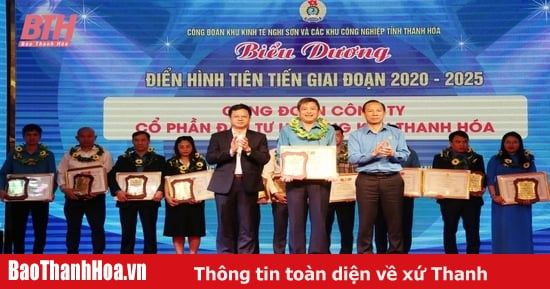

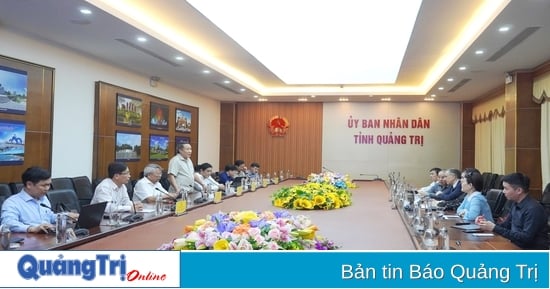

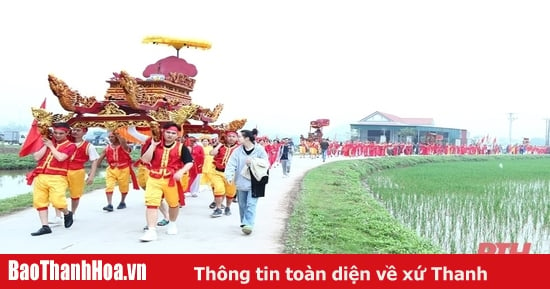
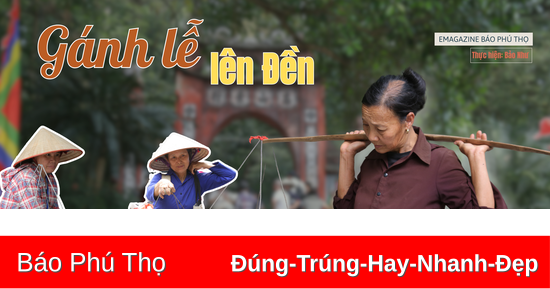
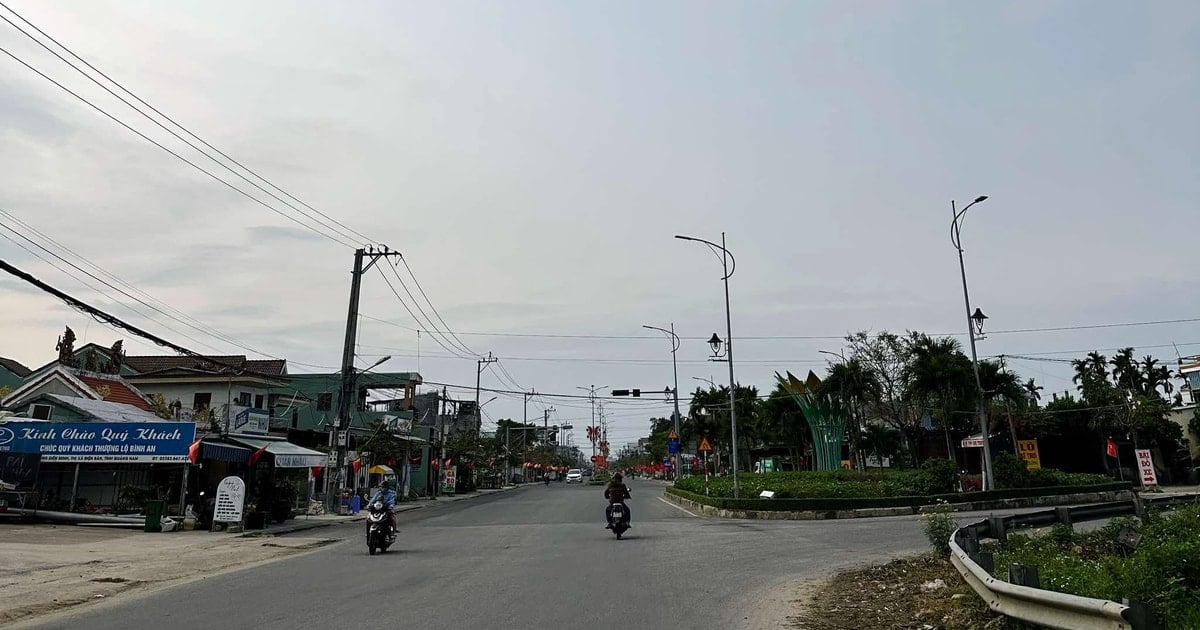





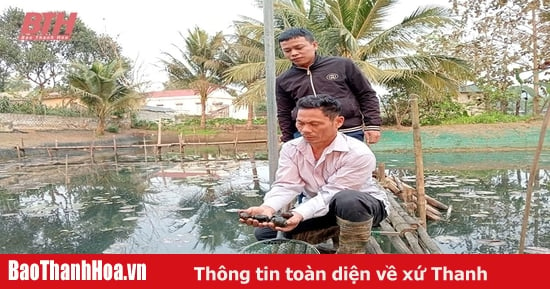
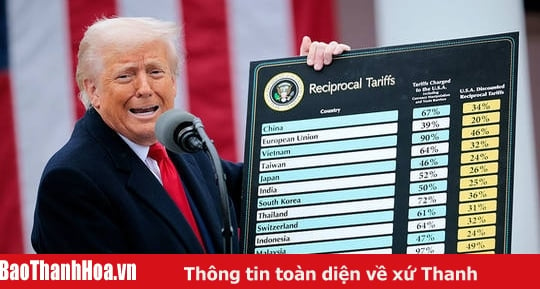



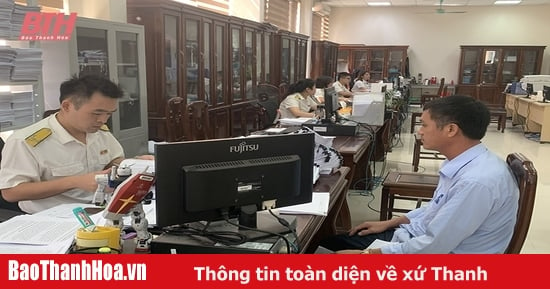


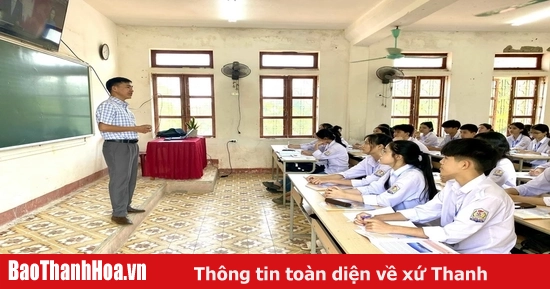
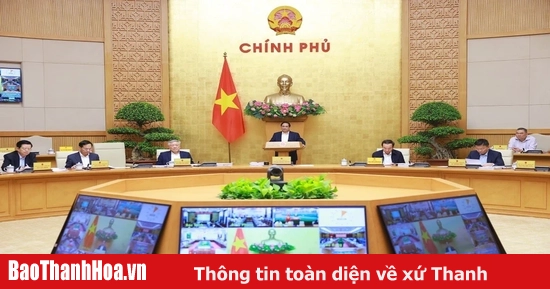















































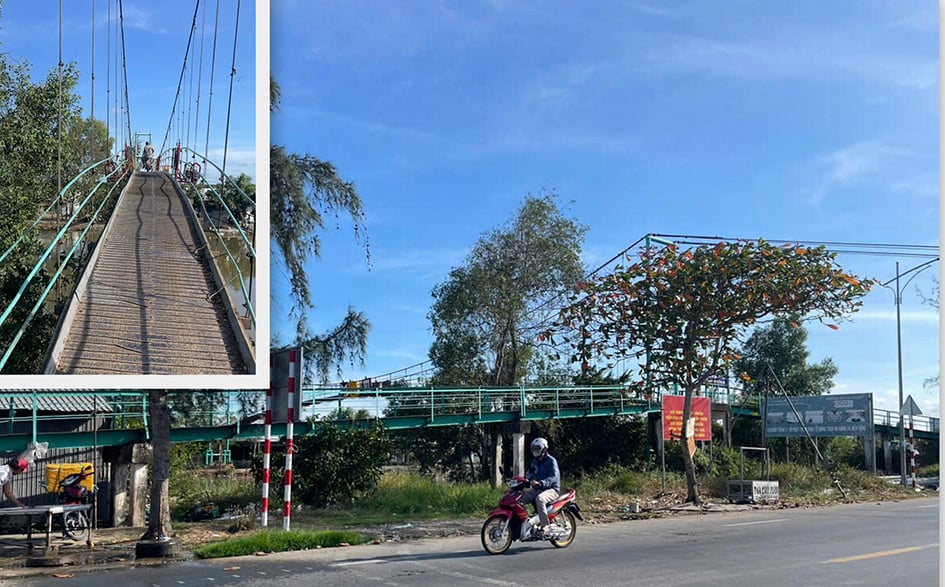
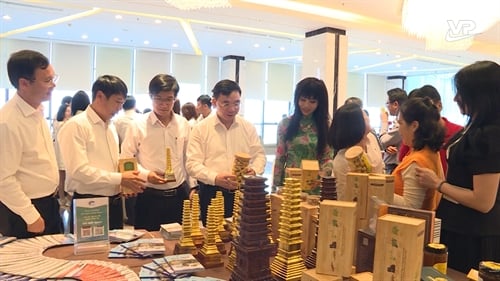
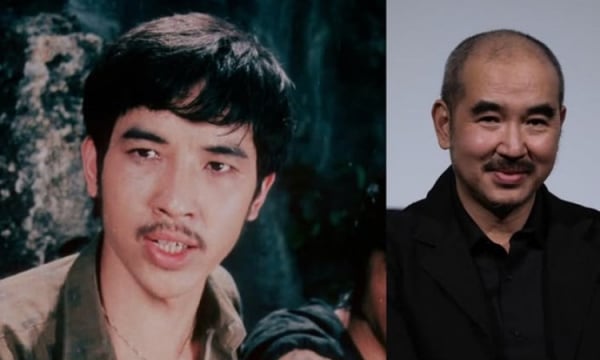

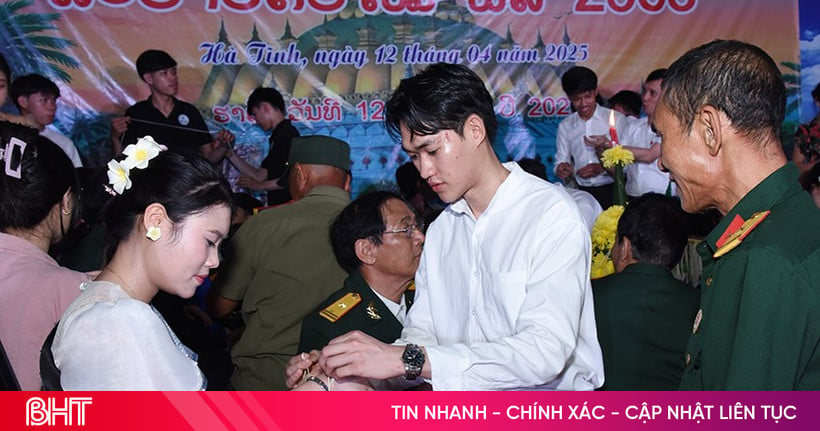

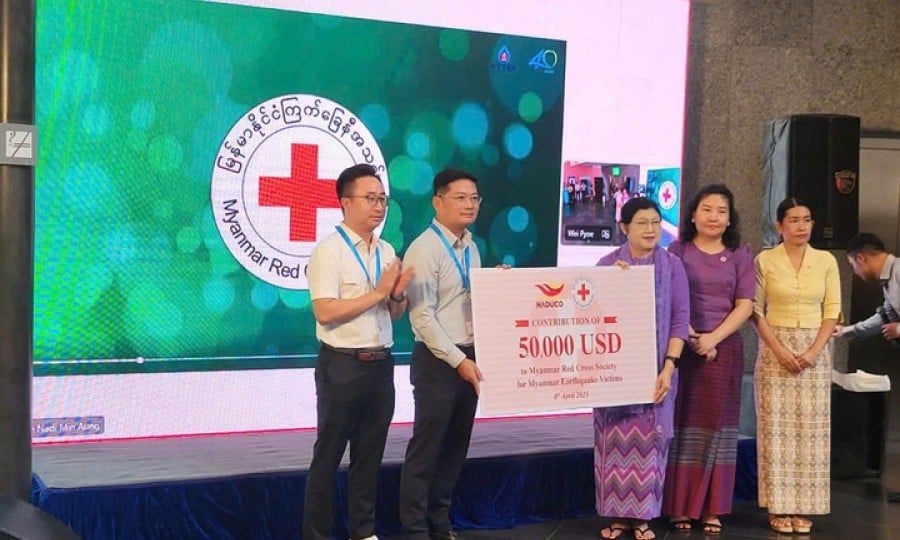













Comment (0)